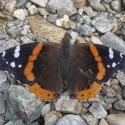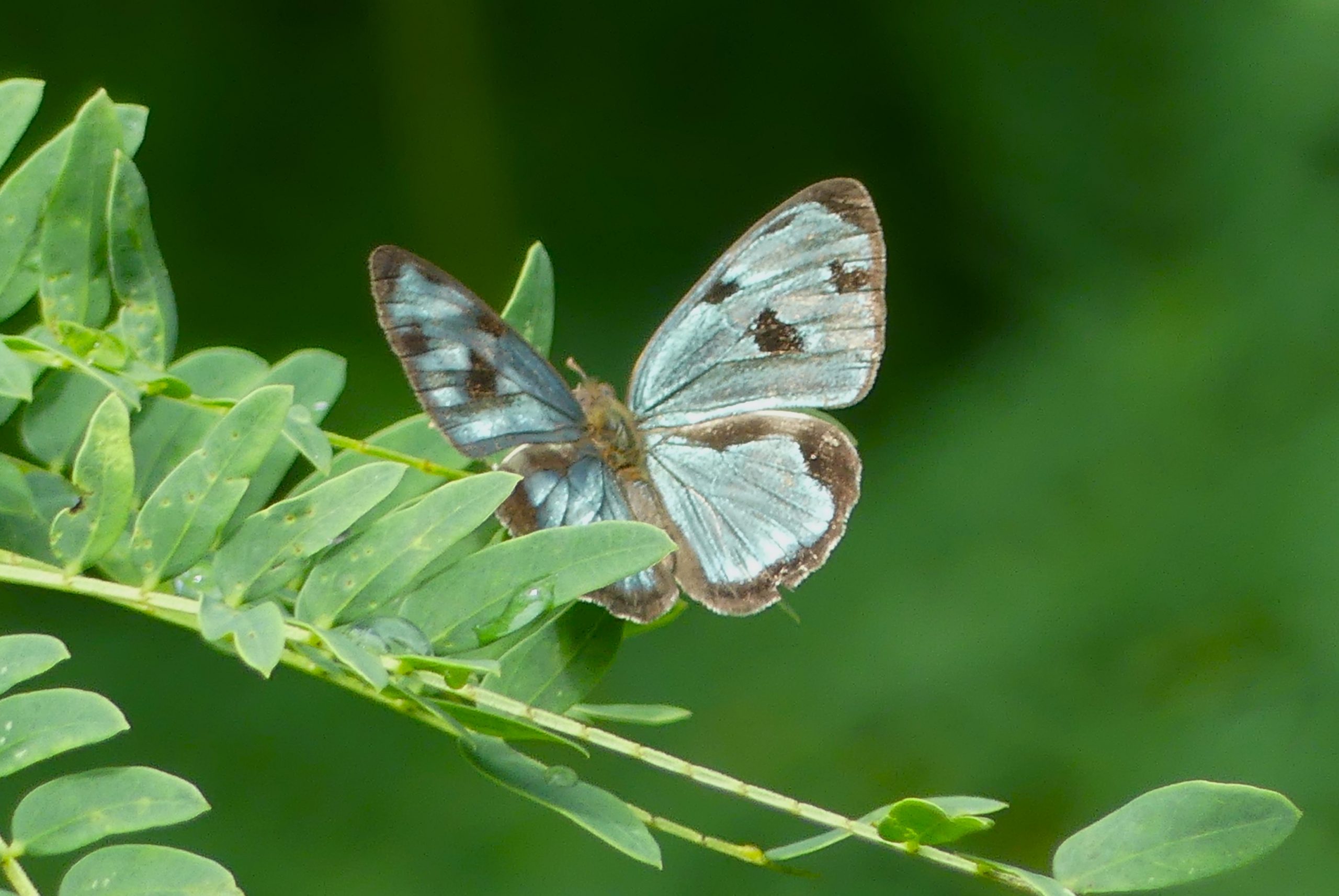Sachem Skipper is the Latest New Butterfly Species Recorded for Vermont
A new butterfly species has been discovered in Vermont! Terri Armata, a seasoned butterfly watcher, made this incredible find while surveying butterflies. Learn more about this exciting discovery and the challenges of butterfly identification in our latest blog post.


